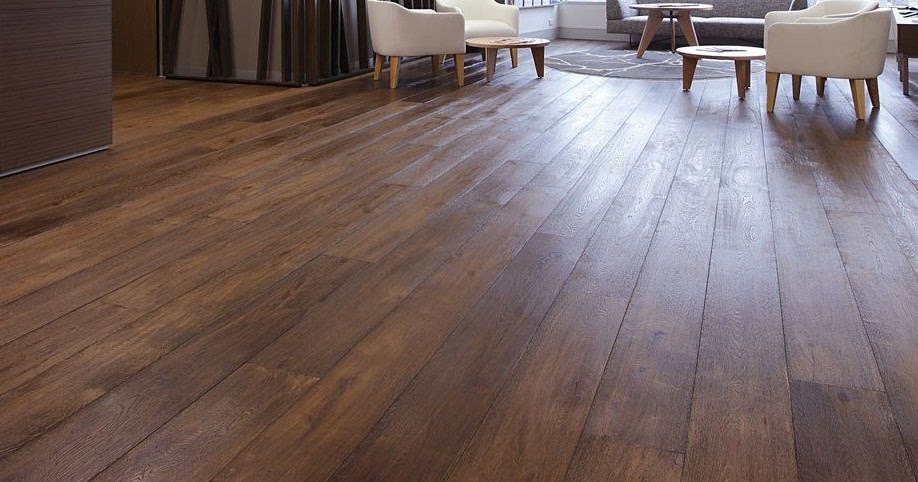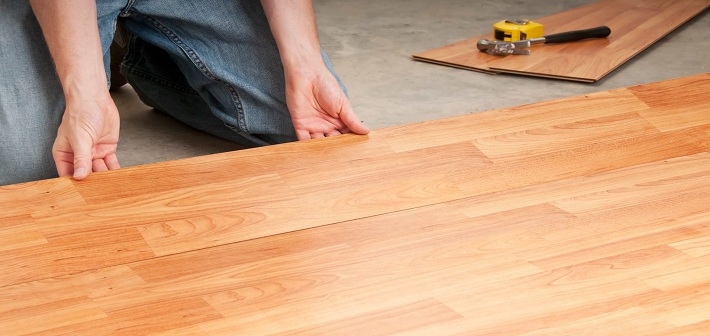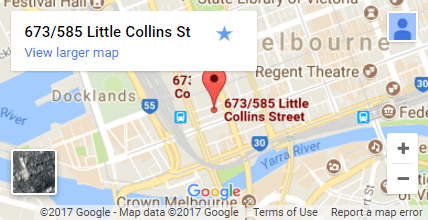In interior design and home improvement, a DIY trend has caught on—polishing concrete floors. It’s a popular and affordable way to give your living spaces a fresh look.
Our blog has everything you need to know about the DIY concrete floor polishing process. We’ll cover different polishing methods, the tools required, and the step-by-step process to achieve professional-grade polished concrete floors.
Our guide will give you helpful tips and ideas to achieve awesome floor polishing Geelong results for your home.
What is Concrete Floor Polishing?
Concrete floor polishing is refining the concrete floors by grinding and polishing them. It is like sanding wood, but it involves machines with diamond abrasives instead of sandpaper.
The rough surface of the concrete gets polished with these diamond tools, making the floor smooth and shiny just the way you want it.
So, it’s like turning a dull and boring floor into a sleek and glossy masterpiece.
Concrete Polishing Methods
Before you start polishing your concrete floors, it is important to know the polishing methods. There are primarily two methods used for concrete polishing: wet and dry polishing.
Let’s see them in detail:
1. Wet Polishing:
In wet polishing, water is used to cool down the diamond abrasives. The water acts like a slippery substance, reducing friction and making the tools last longer.
This method doesn’t create dust, which is good for health, but produces a muddy mixture of water and ground concrete.
Cleaning up this mud is a must, and it needs to be done in an eco-friendly way. Wet polishing might take more time and can be messy, especially in homes and stores.
2. Dry Polishing:
Dry polishing doesn’t use water; instead, the plates are built to handle high temperatures generated during polishing concrete.
Although this method is more convenient and speeds up work in businesses, it shortens the lifespan of the tools.
Dry polishing machines have a vacuum to catch the dust, making it easier and cleaner. But it’s important to know that the vacuum can’t catch all the dust, and some harmful particles might still be in the air when people walk on the polished surface.

DIY Concrete Floor Polishing: Step by Step Process
As you know both floor polishing Geelong methods now, you can easily choose which suits your needs. Regardless of the technique you choose, follow these steps to turn your concrete floors into a sparkling oasis:
Clean and Prepare Your Room
Start by clearing the entire room to ensure unobstructed access to the entire floor. Temporarily remove any doors leading in or out of the room to facilitate the movement of tools during your work.
Next, grab a bristled brush and prepare a bucket filled with warm water and cleaner. Thoroughly clean your concrete floor to eliminate any stains. After cleaning, carefully inspect the floor for cracks or any protruding pieces of metal, addressing these issues before proceeding to the sanding phase.
Before initiating any tasks, ensure that you are wearing the necessary safety gear, including ear protection, eye protection, foot protection, protective clothing, and a breathing filter.
Get your Concrete Grinder Ready
Before you begin the grinding process, ensure that you configure the handle settings on the floor grinder to tooling mode.
Next, choose the appropriate grinding disk and install it properly. Generally, picking the right disc for your sander and flooring type will lead to the desired outcome.
When aiming for a high-spec finish while grinding concrete floors, adopt a similar approach to sanding a wooden floor. Start with a more aggressive disc, and with each grinding session, switch to a less aggressive disc than the previous one to achieve the finer result needed for polishing.
Connect The Grinder Vacuum and Position it Accordingly
Afterwards, ensure the vacuum is securely attached to the grinder by connecting the vacuum hose to the dust collector port on the grinder. This prevents the debris and dust generated by the grinder from spreading throughout your work area, keeping your space clean.
Once you’ve positioned the grinder handle for operation, gently apply pressure on the grinder to raise the discs off the floor before activating the grinder.
Grind Your Concrete Floors
Begin the process near the room’s corner, applying downward pressure on the grinder as you systematically move across the concrete floor. After completing one pass, switch to a higher grit disc and repeat the process until the floor is uniformly levelled and smooth.
If the concrete floor area is rectangular or square, make subsequent passes perpendicular to the previous ones. This will help you achieve an even finish across the entire floor.
Regularly inspect and empty the vacuum to prevent overflow and leakage into the air.
Utilise a Concrete Densifier
In between the floor grinding sessions, apply a densifier to the concrete surface. It will help seal the pores in the concrete, enhancing its smoothness. If you want to tile, paint, or coat the concrete floor, the previous steps should have adequately levelled and smoothed the surface, allowing you to proceed with your next tasks.
While some cases may involve sealing the concrete at this point for a smooth finish, it’s important to note that the high mirror shine will be achieved through the polishing process.
Continue the grinding procedure until you achieve a polished and pore-free surface. Gradually transition to finer grit pads with each pass until you attain the desired level of smoothness.
Clean the Floor
Prior to polishing your floor, it is essential to vacuum and clean it thoroughly to eliminate any grit or dust. Not doing so may result in an imperfect finish. Take your time during this step to set the foundation for a high-quality outcome.
Apply Polish or Sealer
After the cleaning process, apply a polish or sealer to the floor. This not only ensures a glossy finish but also enhances the floor’s durability. Follow the product instructions and adhere to the recommended drying times.
Attach the Brush Head
Now, attach the brush head to your electric floor polisher. Place the polisher on the floor and fit the brush head securely.
Power Up the Polisher
Stand the polisher upright, connect it to a power source, and ensure that the extension lead allows access to the entire floor space. With a firm grip on the polisher, lower it and switch it on.
Polish the Concrete Floor
Start the polishing process by starting at the back of the room and systematically working towards the centre. Buff and polish the concrete floor until the desired shine is achieved.
Apply the Final Sealer Coat
Once the entire floor is polished, apply the final coat of sealer to enhance durability and achieve a high-gloss mirror finish. Your concrete floor polishing process is completed here.
DIY concrete floor polishing is a cost-effective way to achieve a smooth, durable, and attractive flooring surface. By understanding the necessary equipment, materials, and techniques, you can transform your concrete floors into stunning assets.
Proper preparation, including cleaning and repairing imperfections, is crucial for a successful outcome. Additionally, utilising diamond abrasive tools and progressively finer grits will result in a high-gloss finish.
Also, prioritise safety by wearing protective gear and working in a well-ventilated area. With patience and attention to detail, you can achieve professional-looking results and enjoy the benefits of polished concrete floors for years to come.
If you doubt your DIY skills, trusting floor polishing Geelong professionals will help you ensure exceptional floor results. You can rely on Timber Floor Sanding Melbourne to improve the shine of your floors and enhance their durability. We utilise state-of-the-art equipment and techniques to achieve desired outcomes for clients’ floors. Trust us for a seamless floor transformation!


